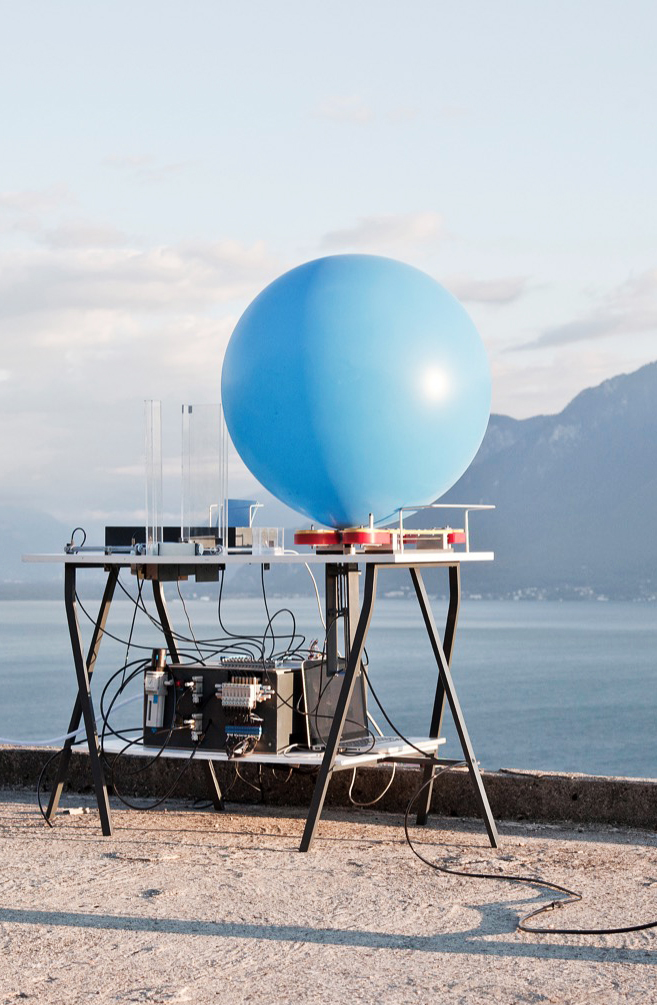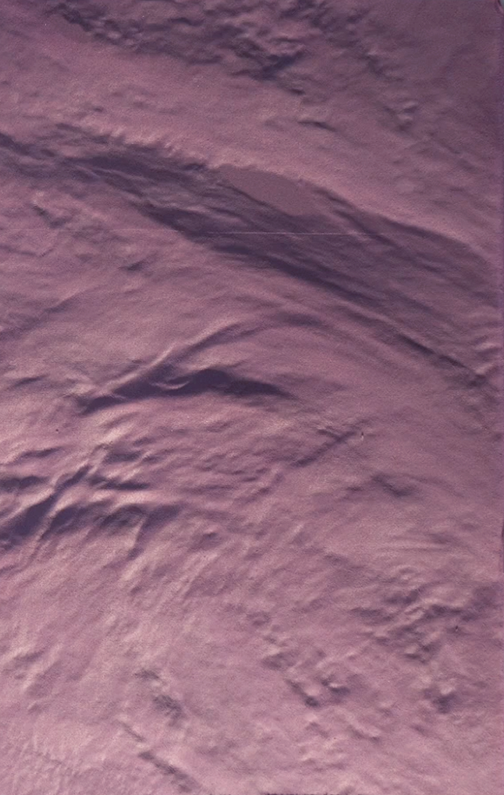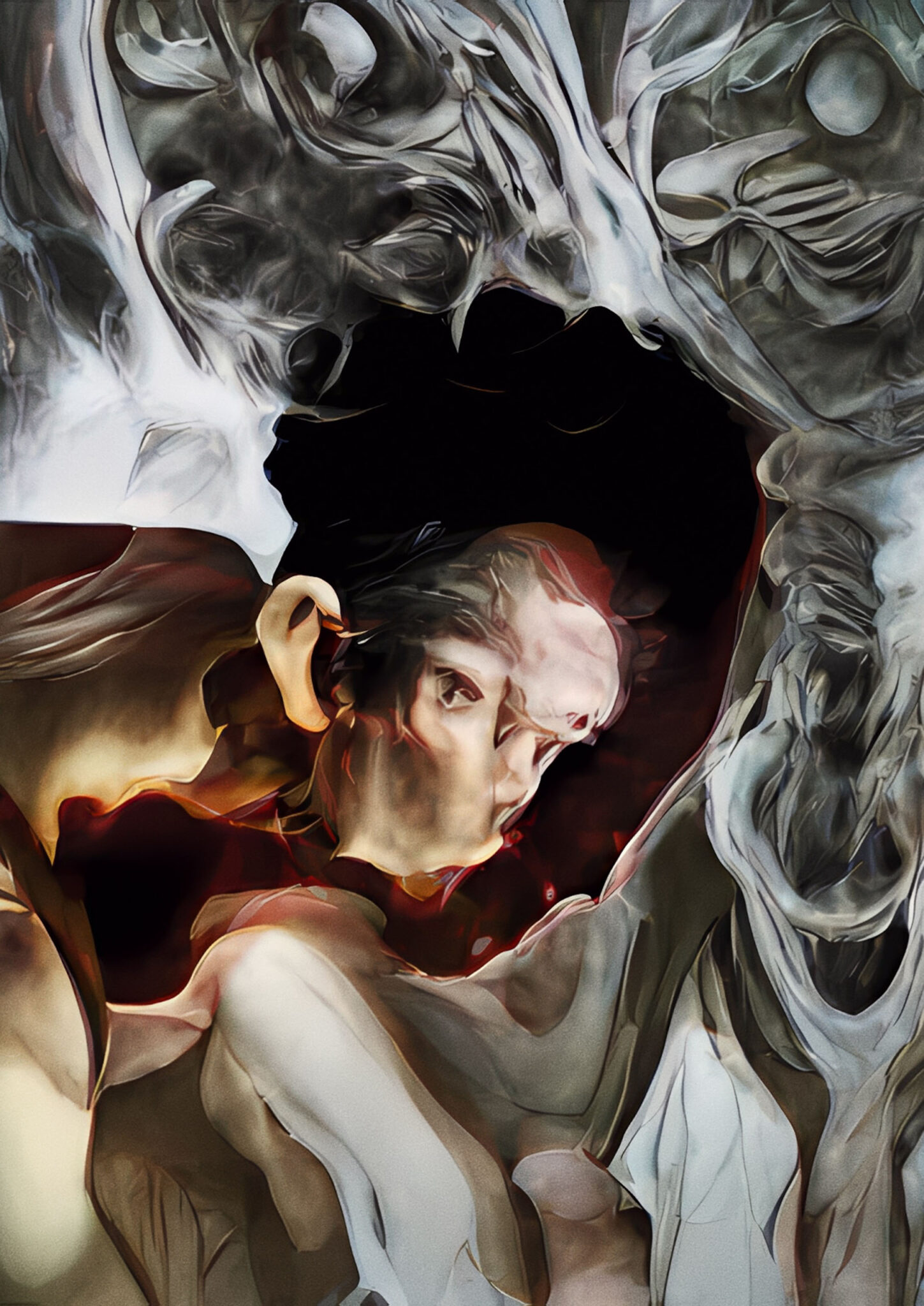
Pedro Lopes, Robert Kovacs, Alexandra Ion, David Lindlbauer and Patrick Baudisch
Ad Infinitum
Ad infinitum is a parasitical entity which lives off human energy. It lives untethered and off the grid. This parasite reverses the dominant role that mankind has with respect to technologies: the parasite shifts humans from “users” to “used”. Ad infinitum co-exists in our world by parasitically attaching electrodes onto the human visitors and harvesting their kinetic energy by electrically persuading them to move their muscles. The only way a visitor can be freed is by seducing another visitor to sit on the opposite chair and take their place. Being trapped in the parasite’s cuffs means getting our muscles electrically stimulated in order to perform a cranking motion as to feed it our kinetic energy. This reminds us that, in the cusp of artificially thinking machines, we are no longer just “users”; the shock we feel in our muscles, the involuntary gesture, acknowledges our intricate relationship to uncanny technological realm around us.





